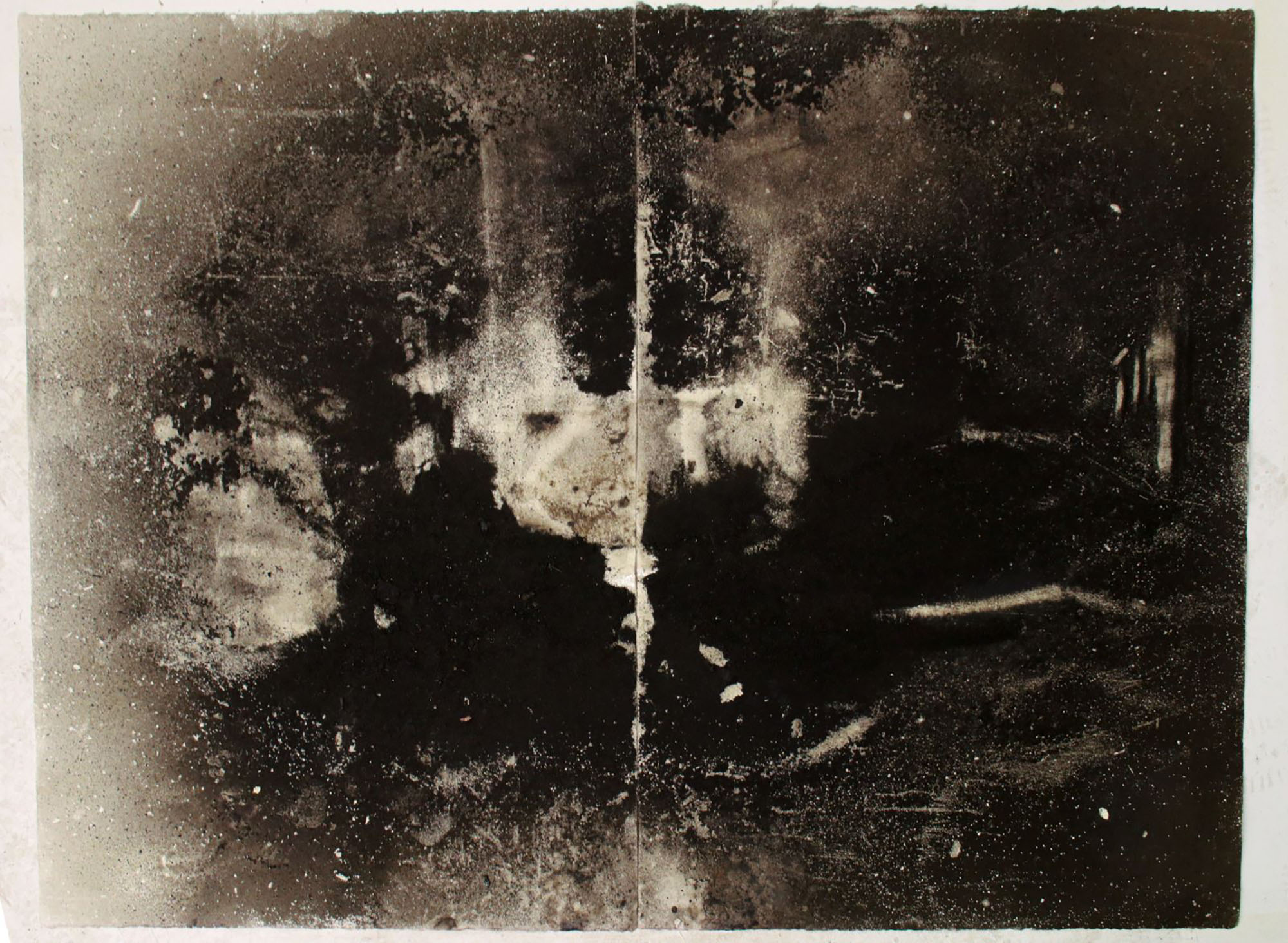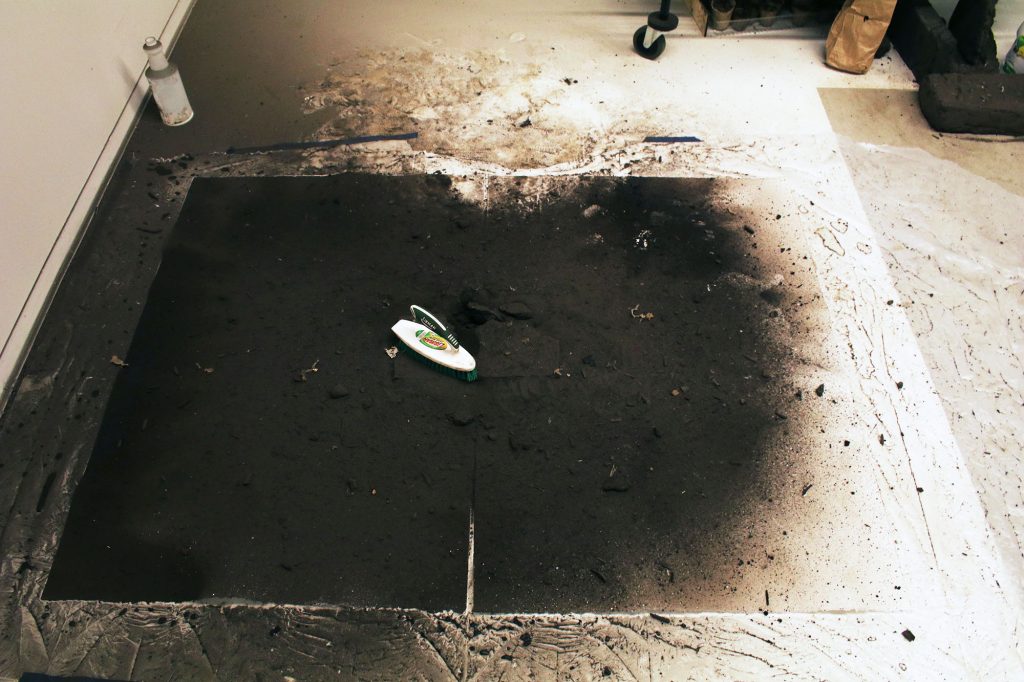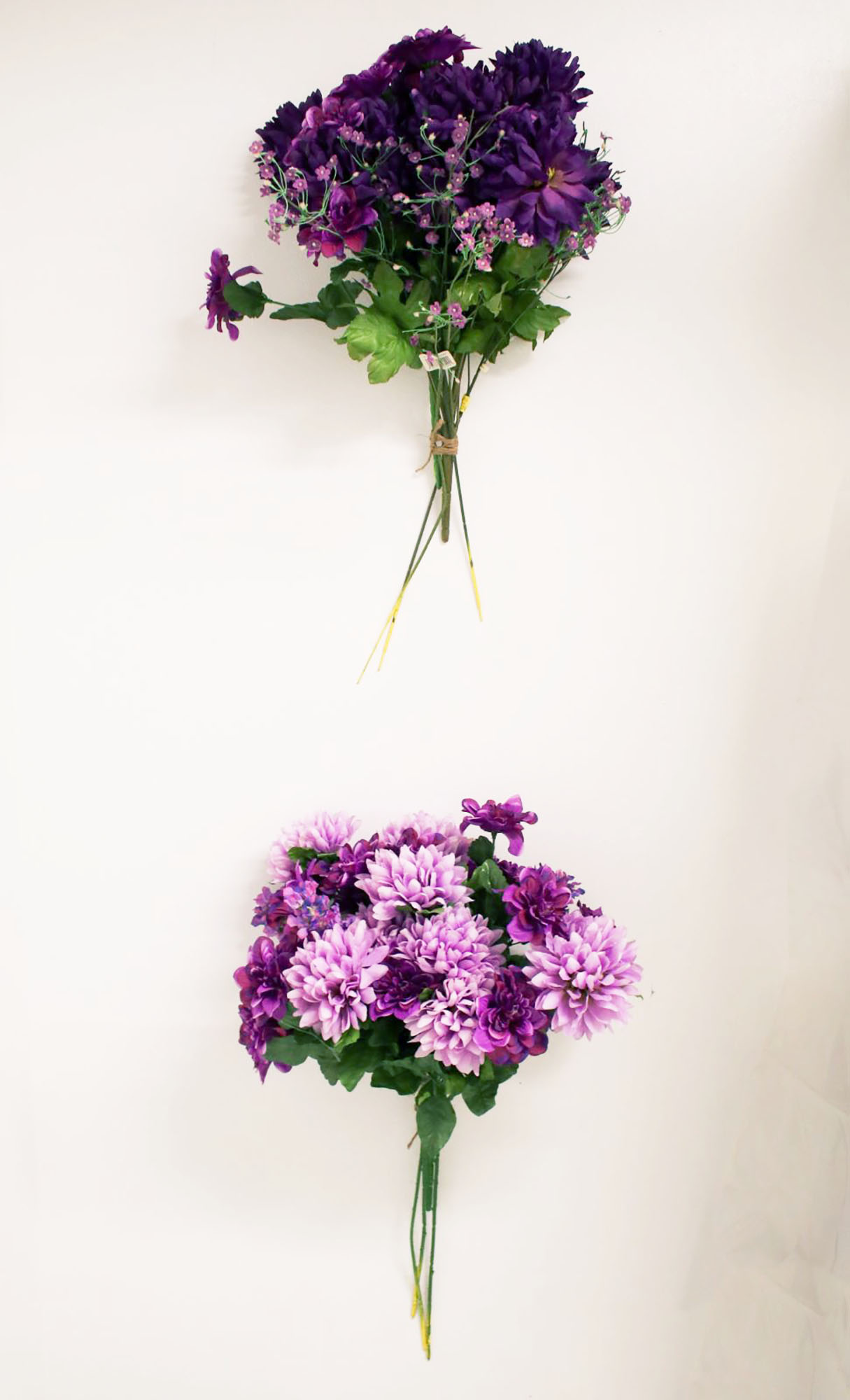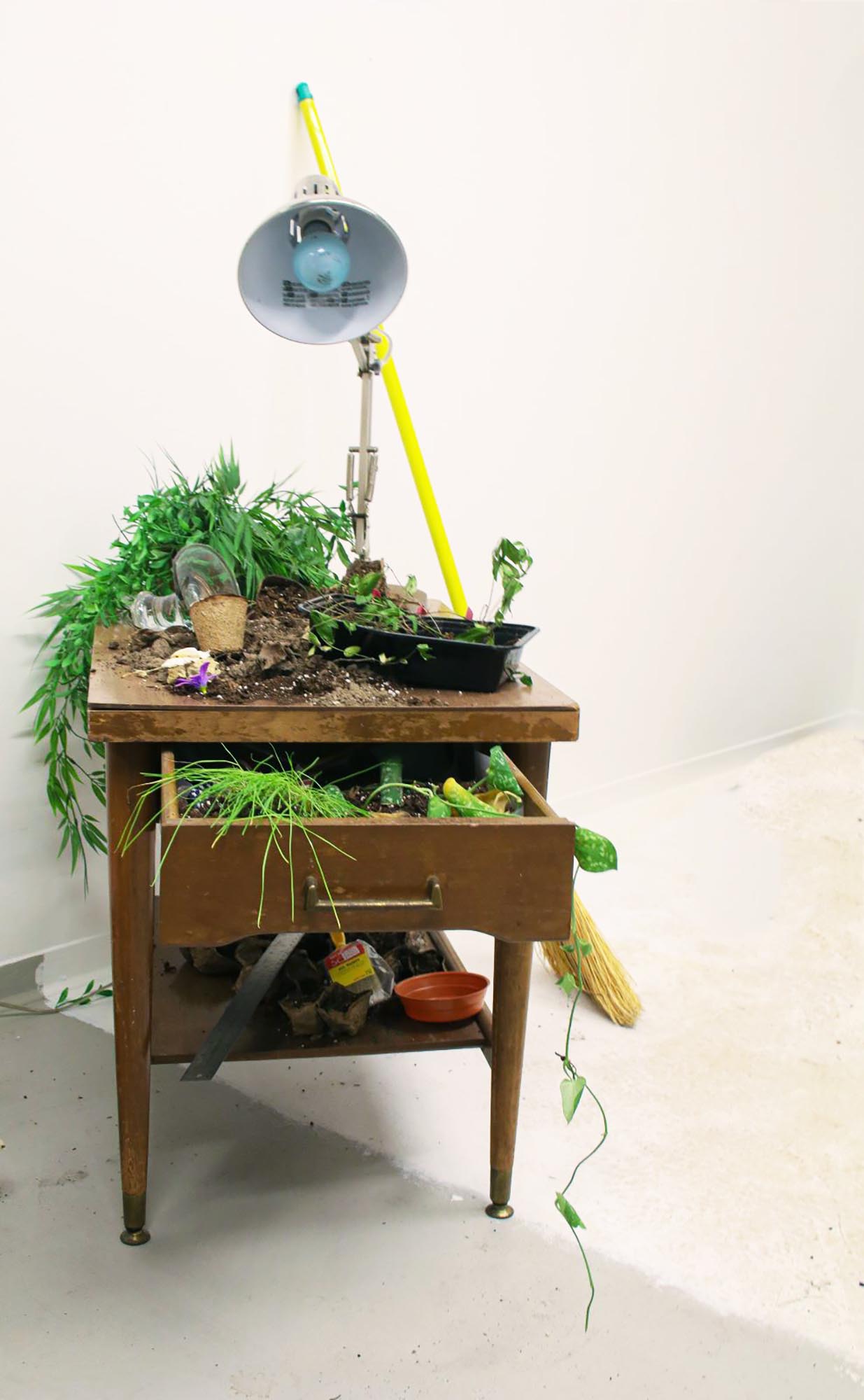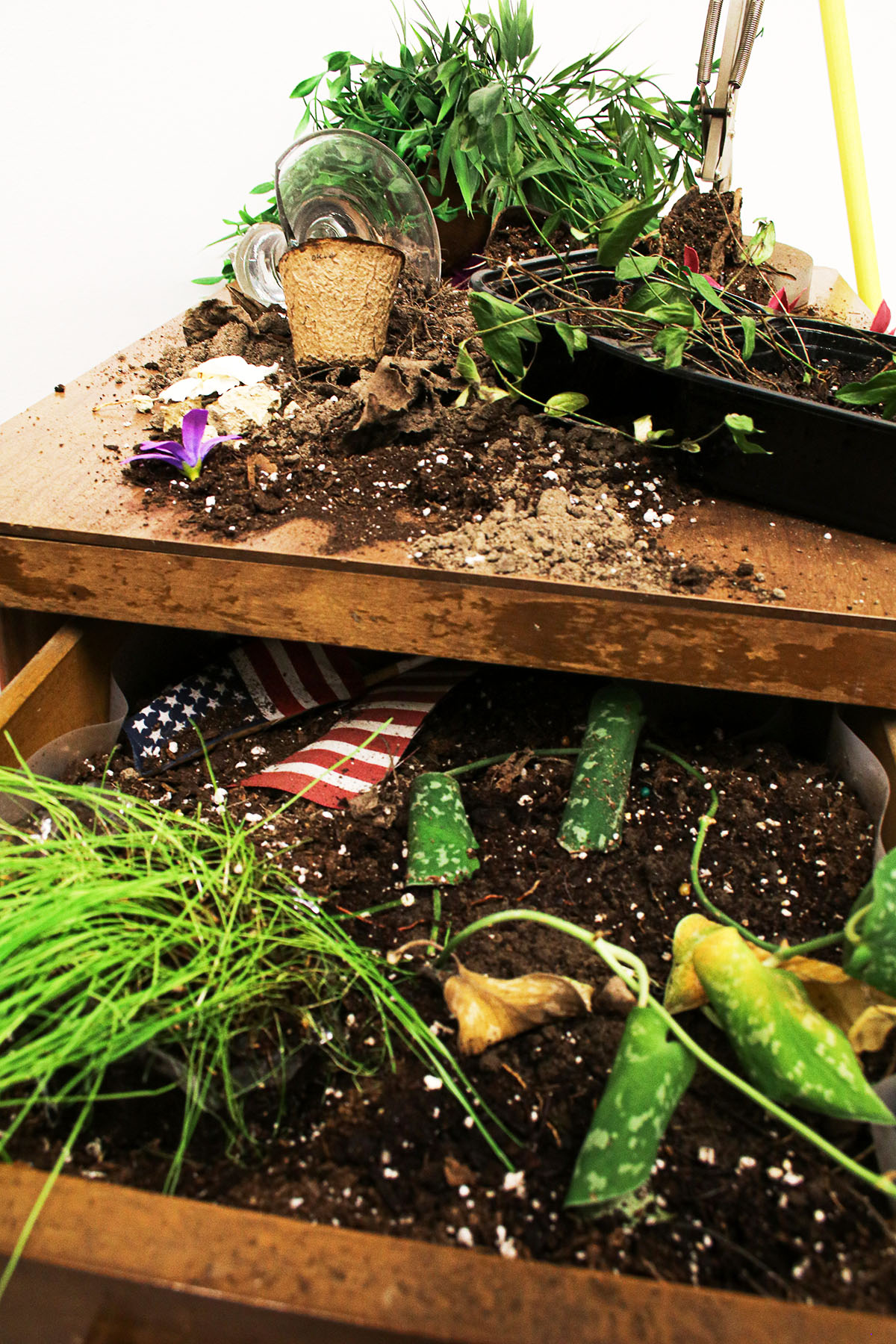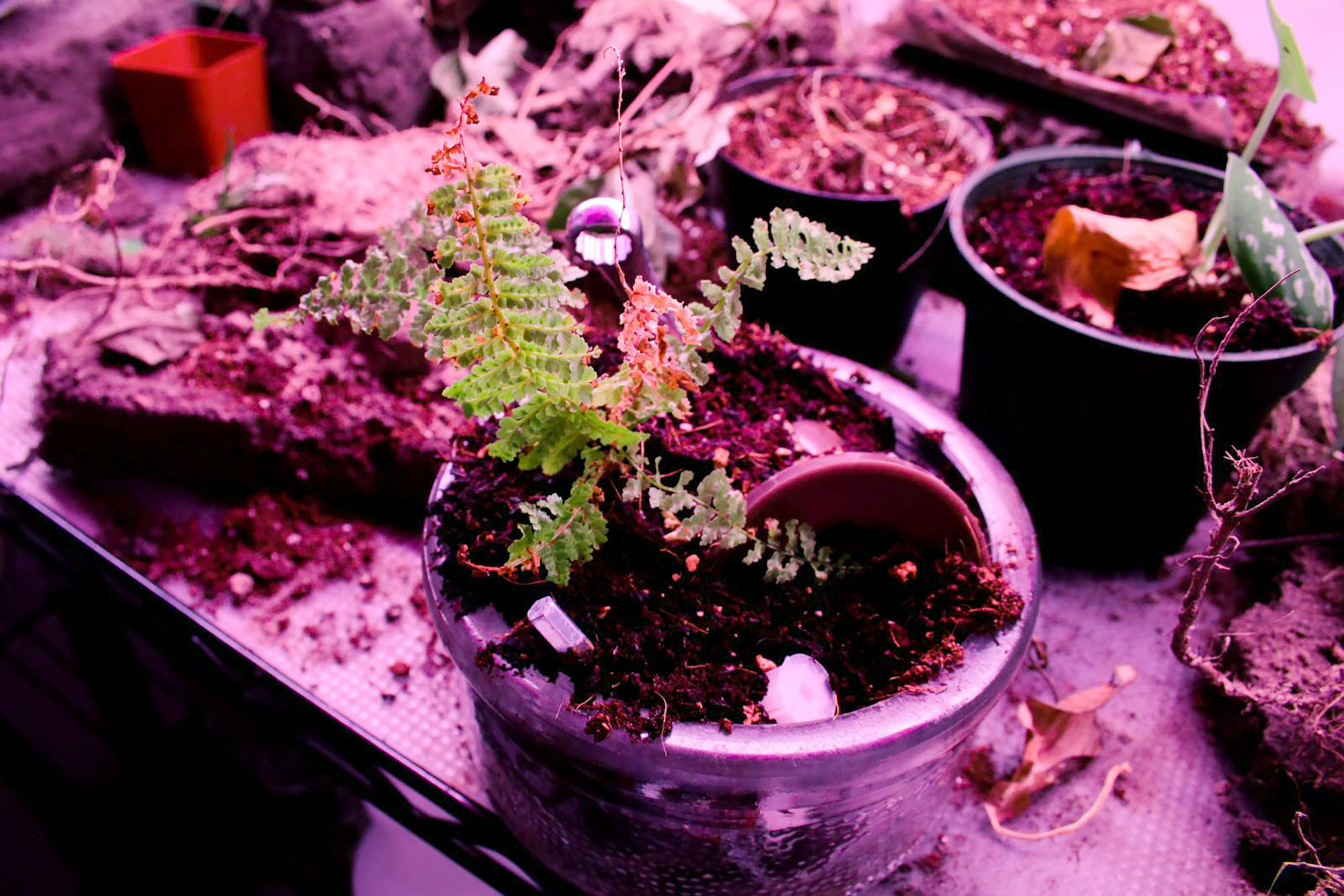My work forms at the intersections of popular culture, poetics, domesticity, and the underrepresentation of American minorities in History. Mythology, propaganda, publishing authority, and the quest to find what dictates truth, fact, and lie are the conceptual foundation of my practice. The conservation of unseen histories and stifled voices leads me to work with historical materials and methods like printing, bookmaking, collage, and assemblage of found and excavated objects. I am inspired by my experiences as a first generation American, as a daughter of divorced parents, the years living in my family’s retirement home, and similar experiences I saw growing up in the American Rust Belt. I take on the power of rewriting these histories to focus on common experiences rather than the privileged elite who often get the last say in preservation.
My current work is the product of an ethnographic practice. I research and record the domestic labors related to homebuilding and homemaking to value the work and the laborer over the product. I create bricks in the traditional Egyptian method, inspired by my father’s heritage and his profession as a civil engineer, to learn from the labor and process. I remember I was not allowed to participate in his work the same ways my bother was. These memories lead me to create A Woman’s Work as an inquiry of gendered domestic labor: I ‘clean’ an unfired brick made from topsoil and floor sweepings of my studio. The brick is transformed into dust that is caked and recorded onto the paper surface where the performance took place and covering my entire studio in a thin film of soil.
I was trained as a sociologist to recognize myths and cultural implications latent in objects and design. I am an archeologist when I excavate then reorganize objects I find in my mother’s storage unit, my grandmother’s apartment, and my own home. In Ruin 3 I stage memories of my mother as ruins equally constructive, destructive, recognizable, and surreal. I find object-remnants of moments and preserve them as representatives of a time or a practice in Remnant 2. These common objects, broken and discarded, gain new life as historic artifacts when placed ritually on a wall, they become whole and valued again. To invite my community to take part in this deeply personal work I create instructions for ruins, as in Ruin 5. These are a recipe for other people to connect to their own memories and create ruins that represent their individual experience. The instructions are both a blueprint and a thought experiment to lead people through considering and building their memory to dive into the personal histories that shaped them.
My most recent work Ruins For Those We Lost has served as a way for me to work through and consider the immense grief we are experiencing both from the COVID-19 Pandemic ravaging our country and the unjust death of Black people and others in the BIPOC community by American law enforcement brought to light in the Black Lives Matter Movement. As we social distance we cannot mourn together in our normal ways. Ruins For Those We Lost is a book of instructions to create artworks to preserve, encapsulate and memorialize those people who have died. These works are small and do not take much time to complete, everyone is invited to participate in this work.
Please feel free to create any of the artworks in either of the publications, both are available for download. If you would like to share your thoughts, experiences, or images of the work you make from these instructions you can reach me at amiramhegazy@gmail.com I would love to see what you are making.
